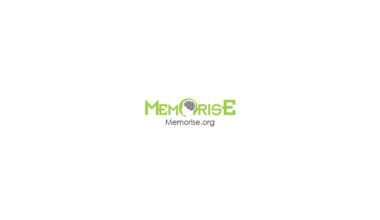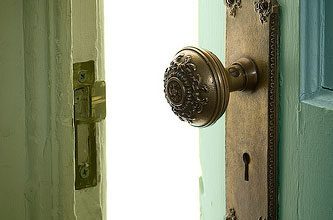Article by Scott Richards
In a first-of-its kind study, research shows that direct response campaigns that use so-called memorable toll-free numbers deliver double digit increases in terms of both inbound leads and sales when compared to toll-free numbers with random digits.
For direct marketers struggling in a downward economy, this combination of significantly improved results, coupled with insights into how memory works, presents an incredibly compelling case. By employing a simple tactic, any marketer may dramatically lower a campaign’s cost-per-lead and improve upon their overall media efficiency ratio (MER).
To explain this disparity, we turn to memory theory. Not all toll-free numbers are created equal because the ability for consumers to recall individual numbers depends upon such variables as their numerical sequence, how they are called out and the ease with which they can be recalled. Most consumers can hold small amounts of information in their memory if they are paying attention (in this case, to a radio or TV commercial) for a short period of time.
Under such a scenario, the opportunity to rehearse for the purpose of memorization is absent since the information contained in a short-form commercial is coming at the consumer rapidly. In fact, no less a trend spotter than New Yorker journalist Malcolm Gladwell cites germane research in his bestseller, Outliers. In the book, Gladwell refers to the work of foremost cognitive neuroscientist, professor Stanislas Dehaene. Dehaene’s findings suggest that the average native English speaker can store a memory loop that lasts only two seconds – not a lot of time to recall a sequence of 10 digits. Given this two-second rule, a more memorable 10-digit phone number is of obvious benefit.
The ability to recall such numbers is also related to the concept of chunking theory. According to Wikipedia, “In cognitive psychology and mnemonics, chunking refers to a strategy for making more efficient use of short-term memory by recoding information.” In The Magical Number Seven, Plus or Minus Two: Some Limits on our Capacity for Processing Information, published in 1956, author George A. Miller theorized that individuals can recall more information on a short-term basis when it is grouped or “chunked.” Miller theorized that the ideal number of objects a human is able to hold in working memory is seven, plus or minus two. Therefore numbers that can be easily “chunked” together into fewer groupings have a decided advantage.
Dr. Nelson Cowan, professor of psychology at the University of Missouri refined Miller’s research further in 2009. Cowan posited that the actual number of objects a human can hold in working memory is actually three or four. This explains in part why certain toll-free numbers give direct marketers such a huge advantage: They are chunked into groups that are easy for consumers to assimilate and recall. The number (800) 370-1111 is memorable because it has two easy-to-remember “chunks”: “370” and “1111”. Other examples are depicted in the graphic at left. The numbers highlighted in blue indicate what makes them memorable. In contrast, a non-memorable number features digits that are random, such as (800) 421-9420.
Three independent ad agencies ran “a/b” split tests using a combination of short-form radio and DRTV comparing such memorable numbers to random ones. Ad clearances, dollars and placements were comparable. The results were nothing short of astounding:
| Memorable Number Increase in Inbound Lead Volume |
Memorable Number Improvement in MER | |
| Test 1 – Radio | +25% | +18% |
| Test 2 – Radio | +56% | Not applicable – lead only |
| Test 3 – DRTV | +69% | +56% |
By accessing a bank of numerically memorable numbers, direct marketers can increase their inbound results and attendant sales with very little additional effort or expense. Proof that what’s in a number can be very profound indeed.
Article Source http://www.responsemagazine.com/response-magazine/support-services-research-proves-memorable-toll-free-numbers-2927



Comments are closed.